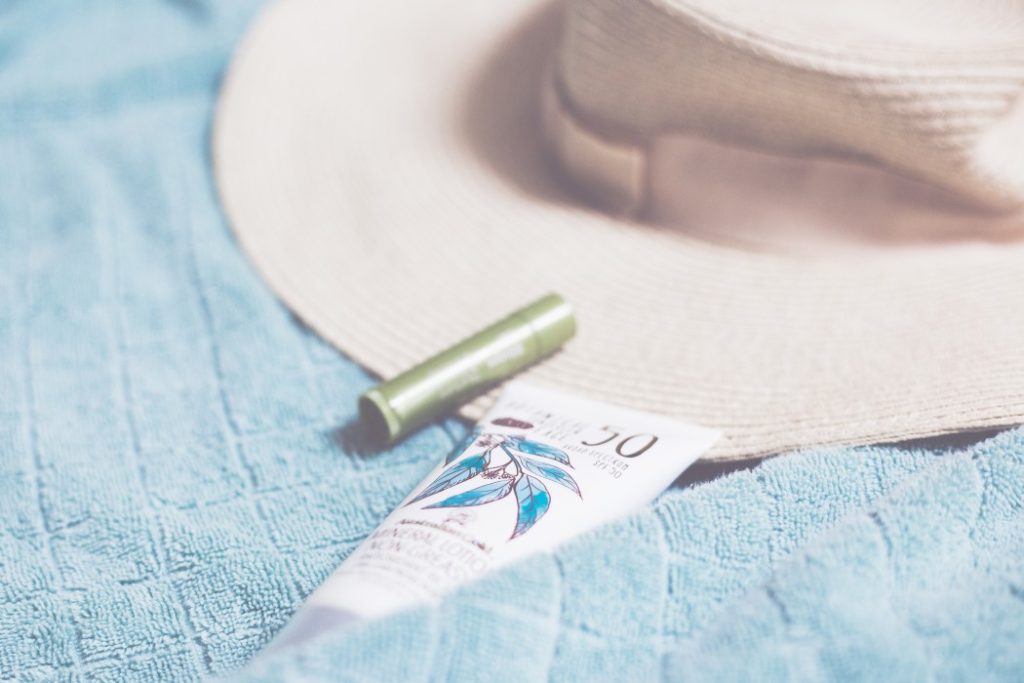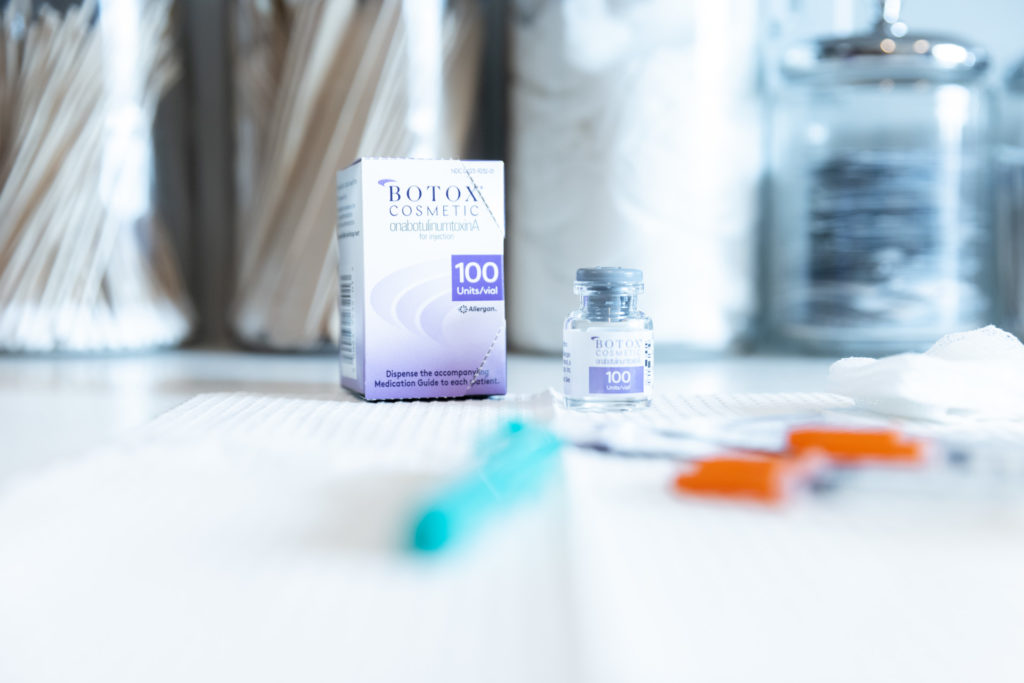
SKIN CANCER & SUN PROTECTION: WHICH SIDE DO YOU WANT TO BE ON?
Two new drugs were just approved for the treatment of advanced Melanoma (NY Times) and the FDA just announced that they are going to standardize SPF ratings for sunscreens (FDA announcement), all within the same month. How’s that for a coincidence?
According to the American Cancer Society, over 2 million skin cancers are diagnosed per year with 120,000 Melanomas. It’s so much better to talk about prevention. While we all know that the sun affects our skin on a daily basis (e.g. walking to work, school, out to lunch, driving in a car, etc.), most people only put on sunscreens on weekends before the beach, or playing a sport outside. Maybe you don’t need the heavy stuff, but you should use at least an SPF 20 on a daily basis. For prolonged outdoor activities, this should be upped to at least SPF 50. This is the maximum SPF that will be allowed on a label by the FDA when the new regulations go into effect.
Sunscreens have also evolved rapidly over the past few years. The stronger sunscreens are no longer heavy, greasy or make your skin break out. We love the new Colorscience. It is a mineral powder makeup that has SPF 50 in it. You can apply it onto your skin daily and look great while protecting your skin. Plus it can be used under your eyes, an area that has very thin skin and needs protection. We even have Colorscience lip gloss with SPF.
Sun protection is getting better and better, but you have to apply it on a daily basis and repeat for it to effectively protect your skin. That’s always better than the alternative: treating skin cancer. Steven Pearlman, MD, FACS




